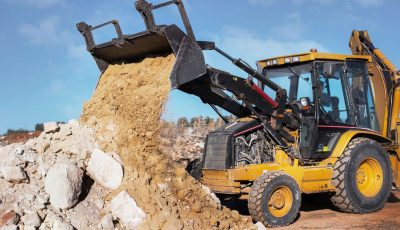OIA report highlights age of PSS buildings
Hopwood Junior High School principal Jonas Barcinas earlier told Saipan Tribune that essentially it might be better to build a new school than to have constant renovations to their 60-year-old campus.
In an interview Friday with Rachel Fusco, CIP coordinator for PSS, she cited an Assessment of Buildings and Classrooms in June 2013 report by the U.S. Department of the Interior that affirms Barcinas’ statement.
The report, under “Building Ages and Functional Obsolescence,” provides a graph of the ages of the CNMI’s public schools.
“Based on the years schools opened, the median age is about 40 years,” reads part of the report.
The report noted that buildings are typically replaced or reconstructed at 40 to 50 years old.
“Regardless of maintenance program effectiveness, buildings life-cycles are finite,” the report states.
Hopwood, on the graph, is third oldest, with William Reyes Elementary around 65 to 70 years of age the oldest.
Of the 19 schools in the chart, more than half are more than 40 years old.
Marianas High School, which is more than 40 years old according to the report, had an all-time high enrollment of 1,576 students in 2014, as reported on opening day.
In an earlier interview, Education Commissioner Dr. Rita Sablan noted high traffic in schools every day over a 10-month period as the cause of the constant need for maintenance and repair.
According to the Capital Improvement Projects office, a 2012 assessment of PSS totaled $11.3 million worth of deferred maintenance.
Deferred maintenance is a postponement measure for projects that are put on hold, repairs that are neglected, and preventative maintenance that is ignored, according to the CIP office.
OIA has advised the central government to set aside $1 million every year for five years to address federal CIP projects for issues raised in their report.
The Board of Education this year approved OIA’s ABC initiative as their guideline to improve facilities, with electrical systems and fire alarms to be fixed with the first $1 million.



























